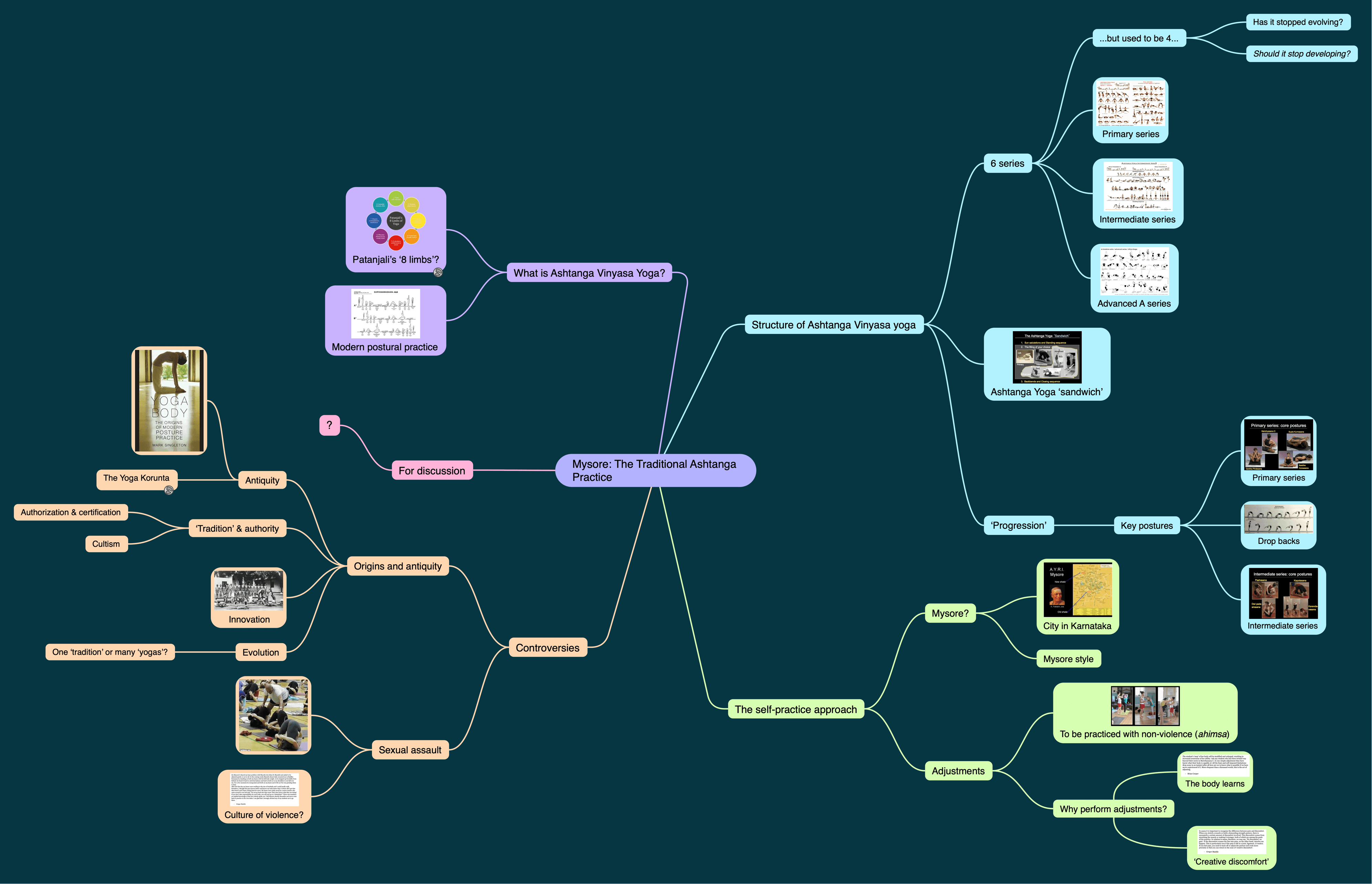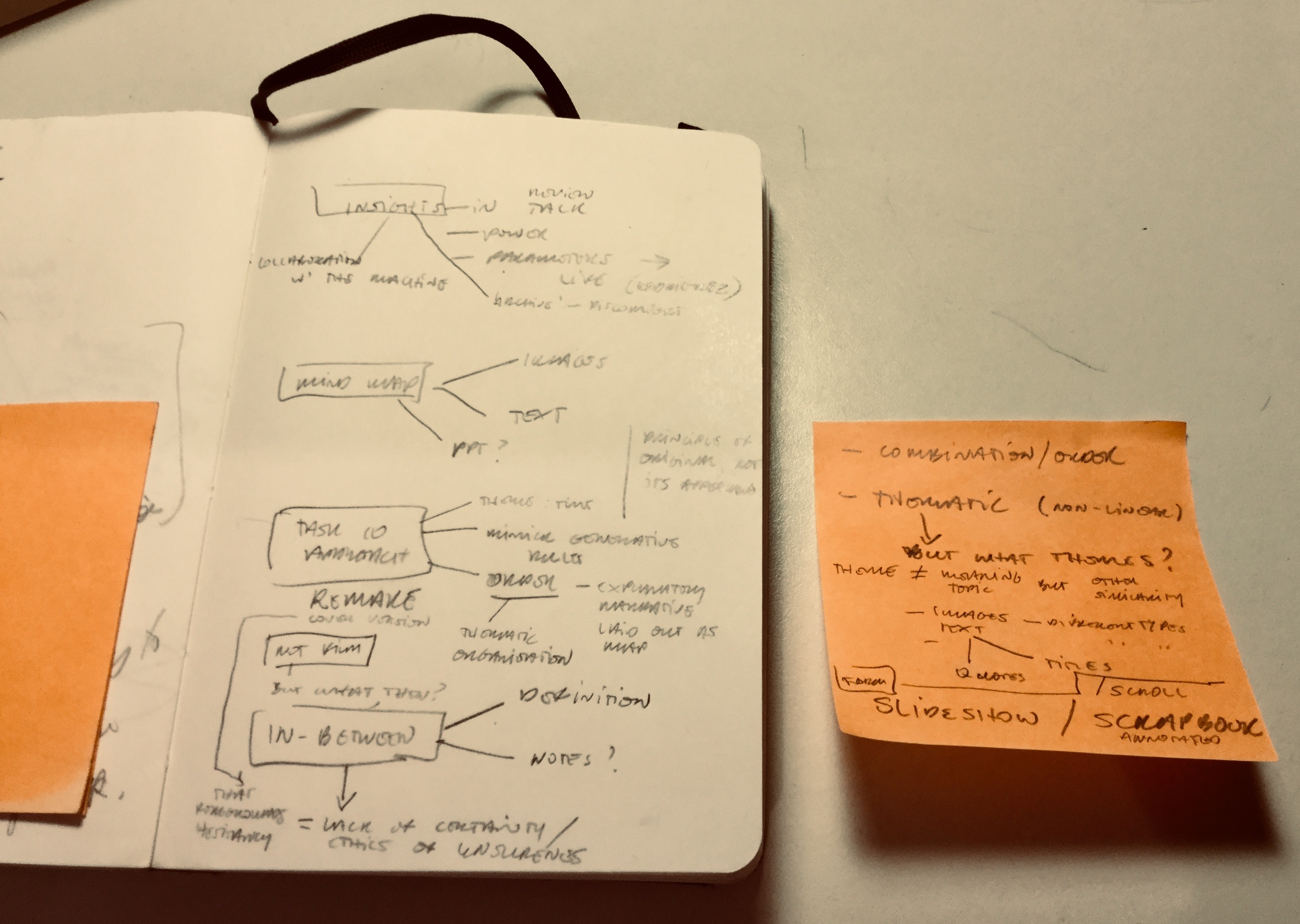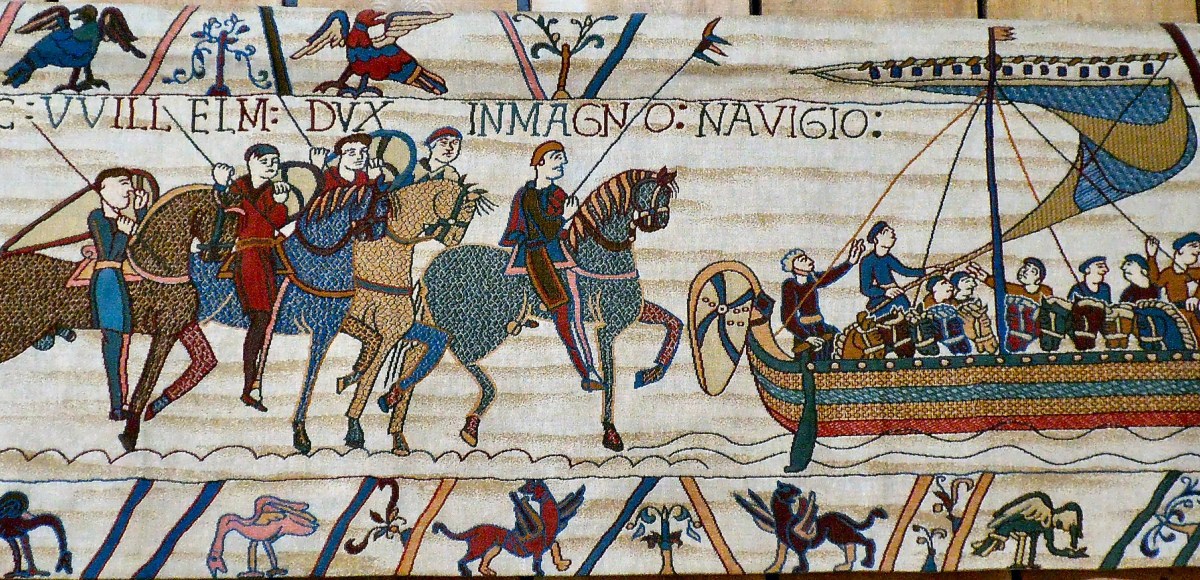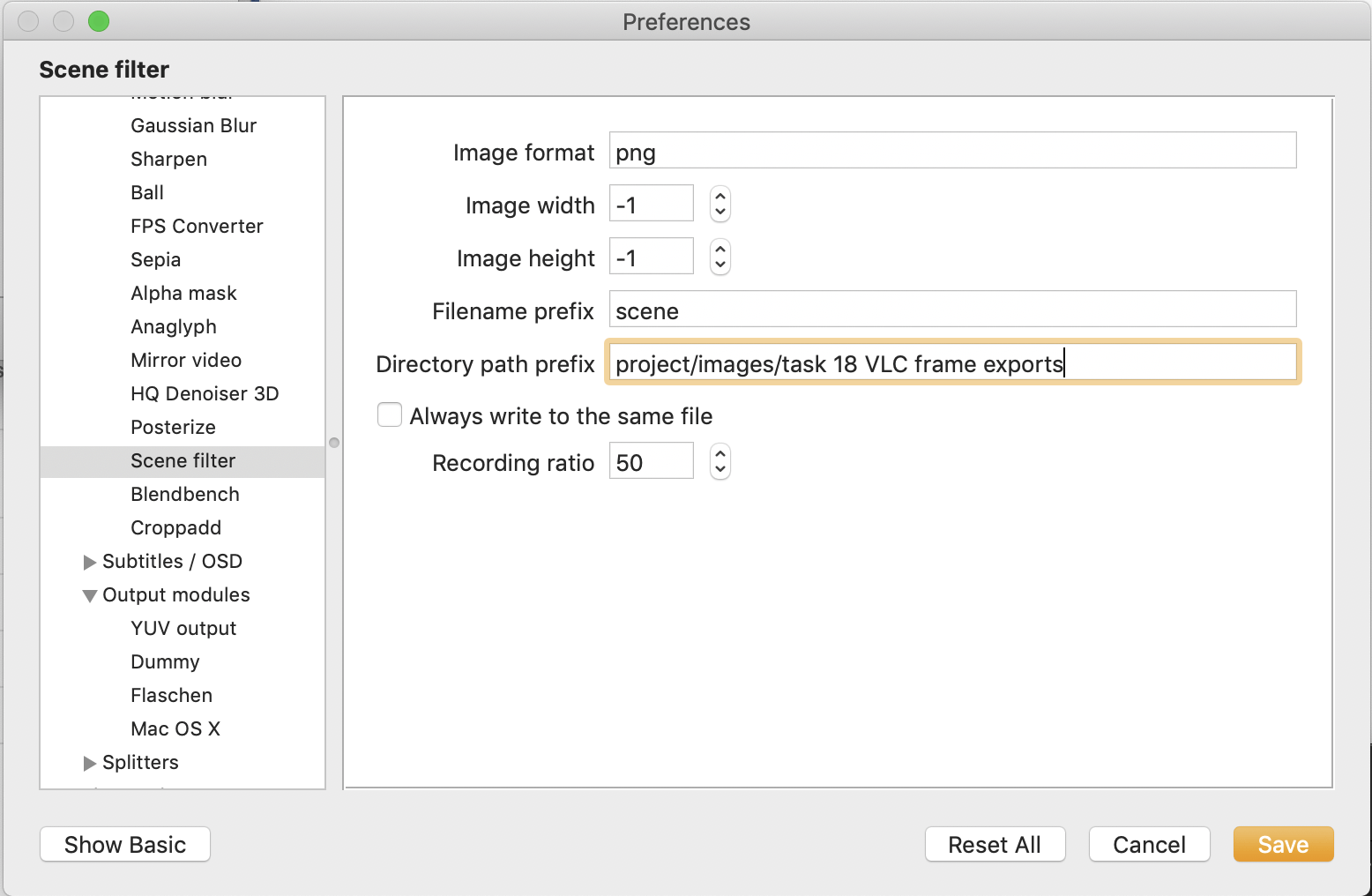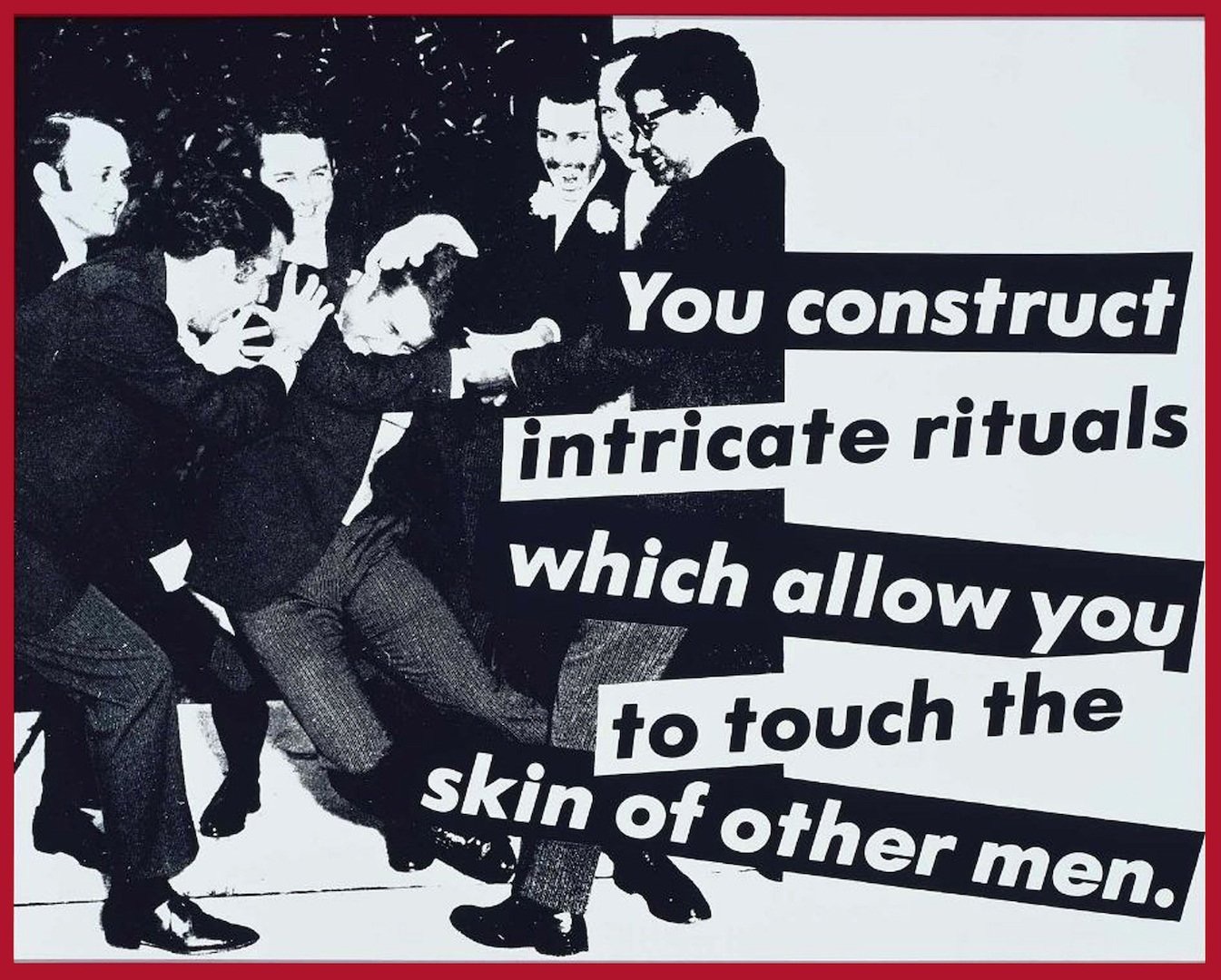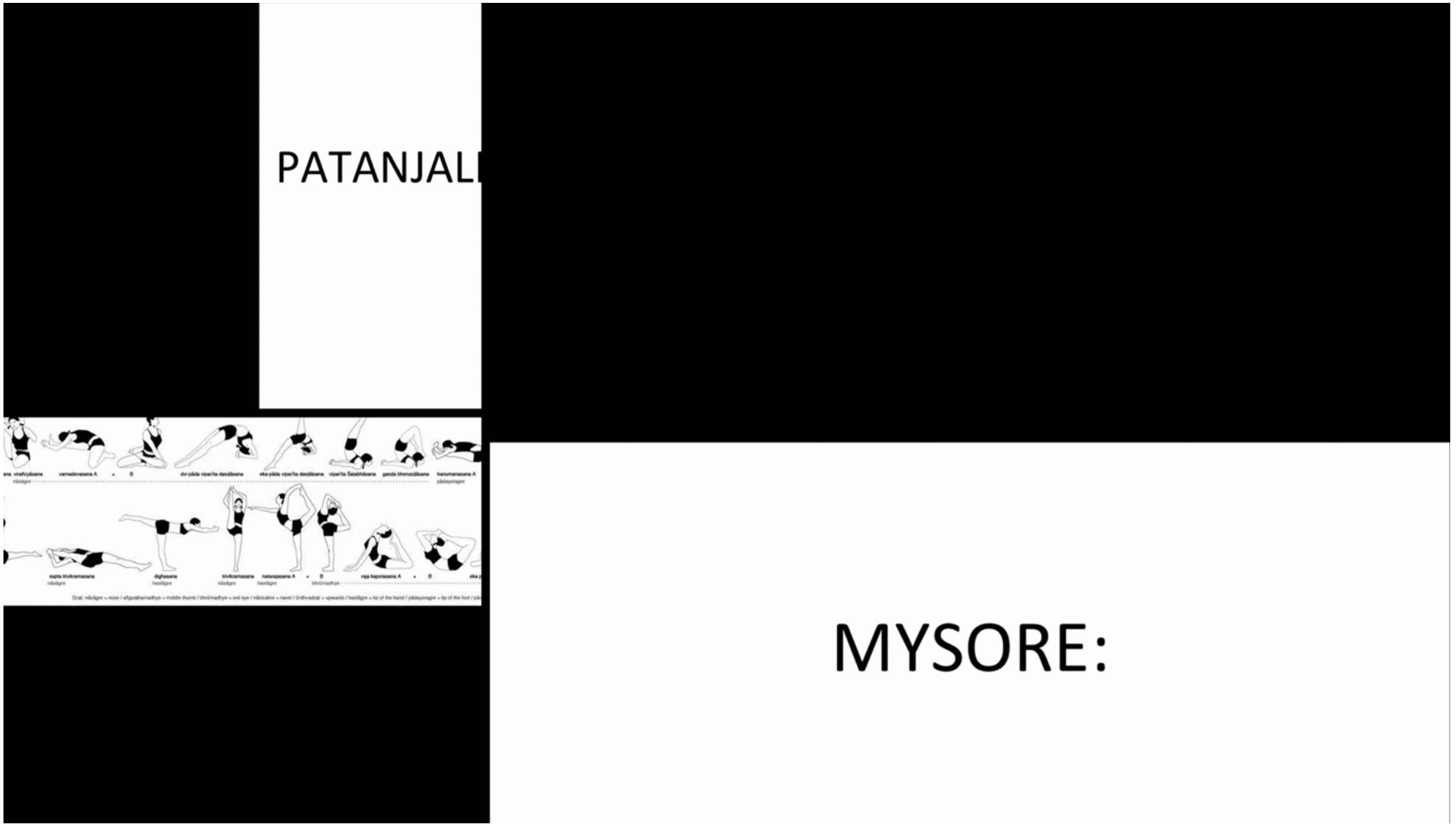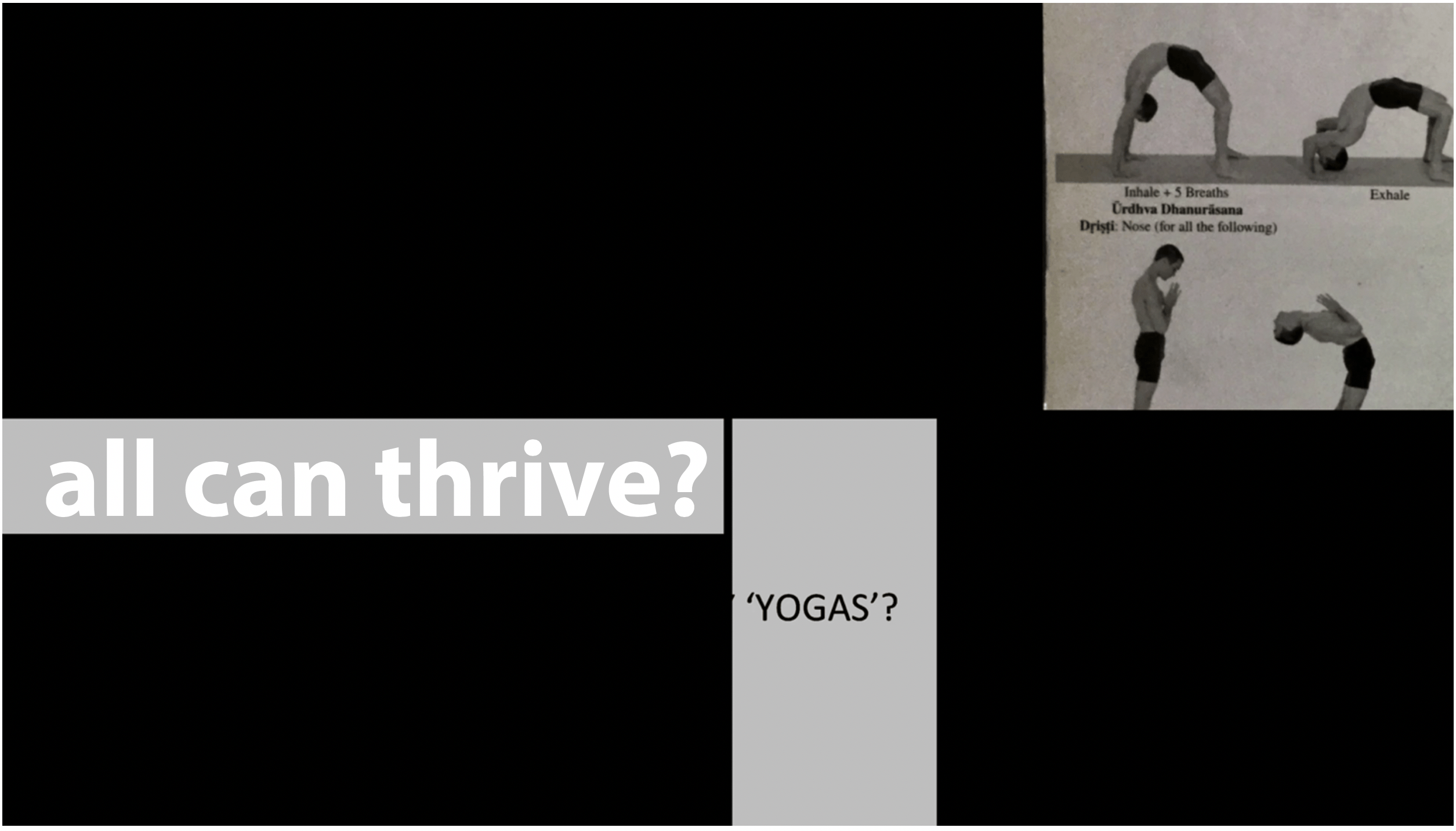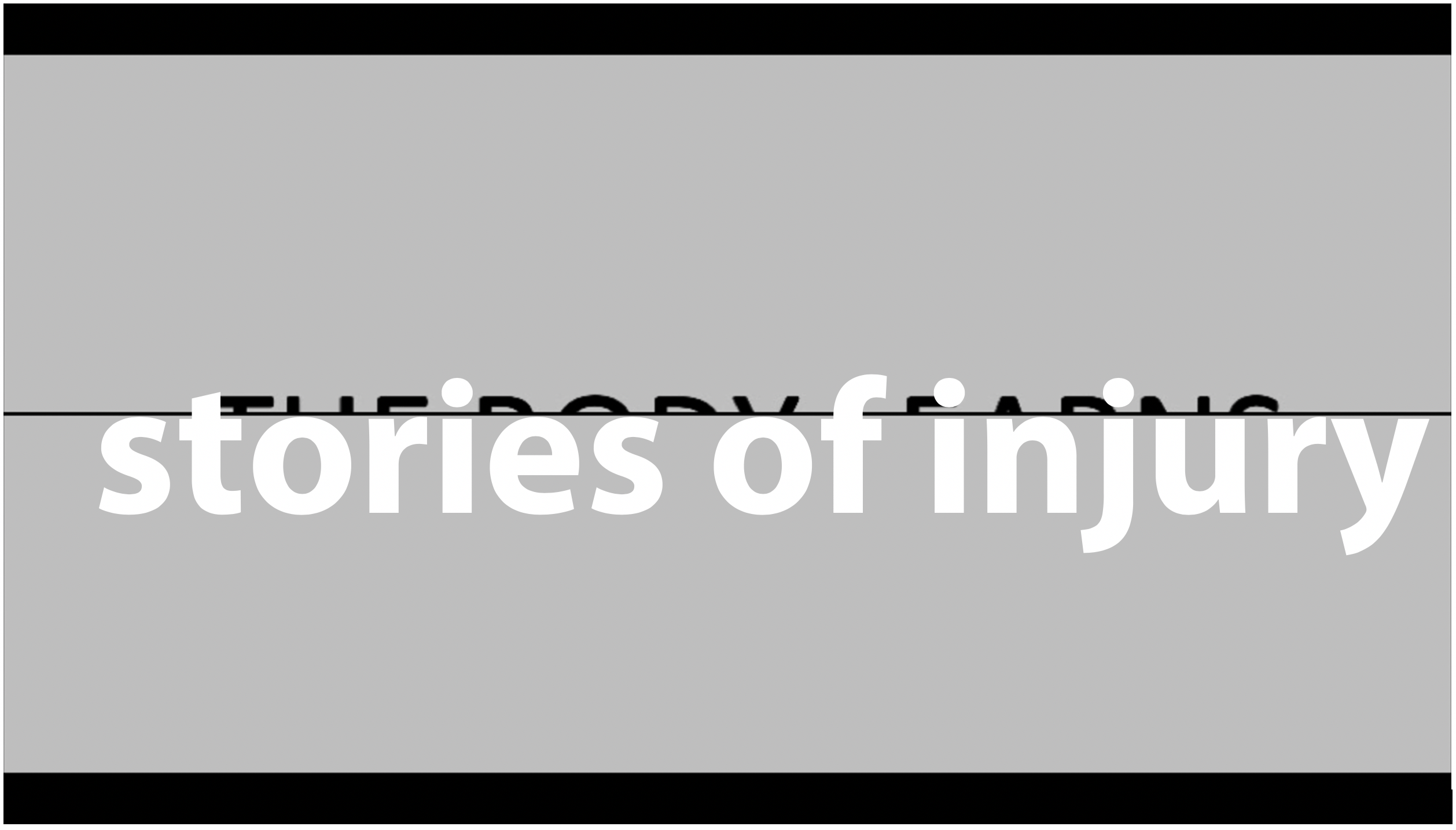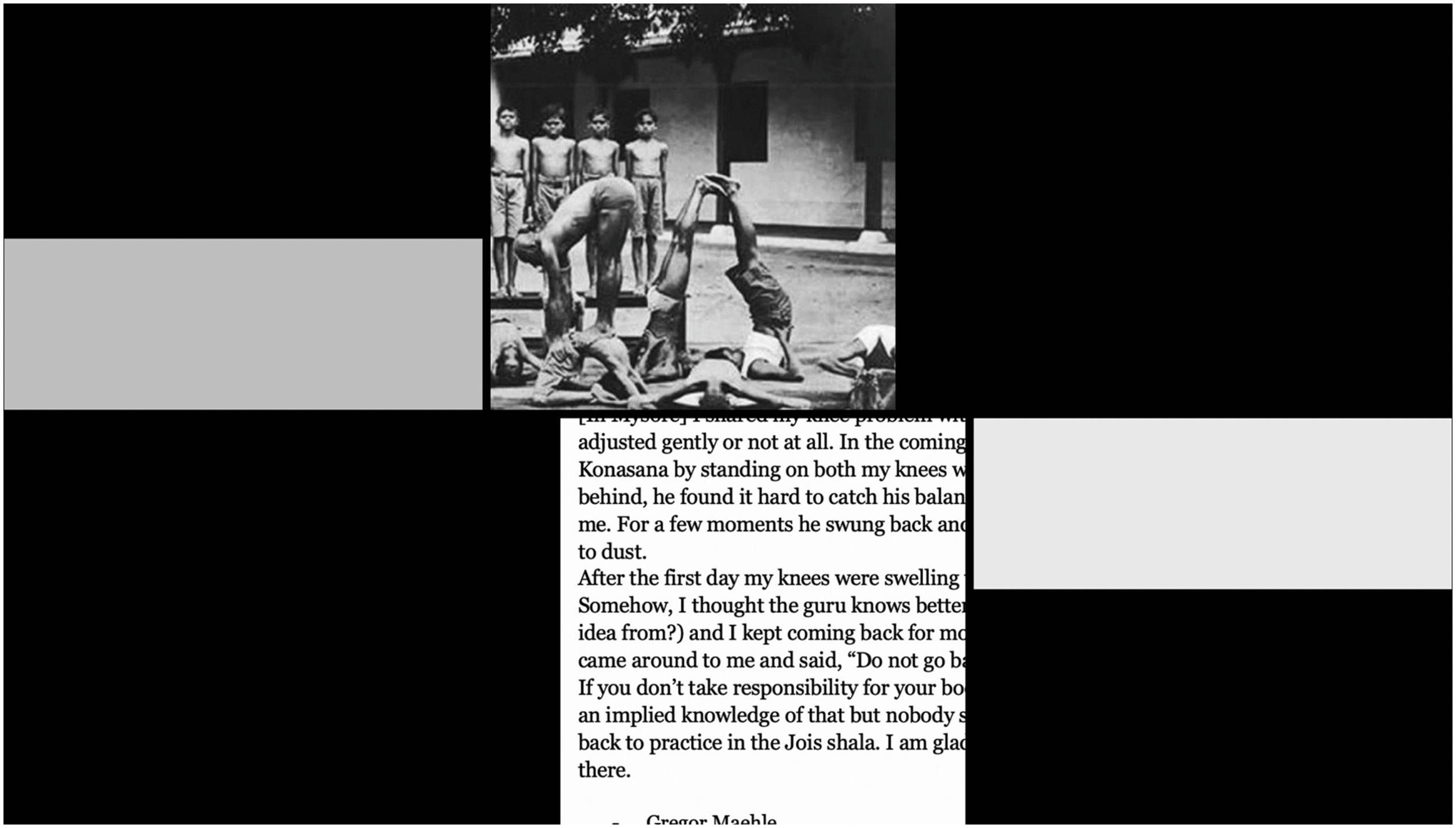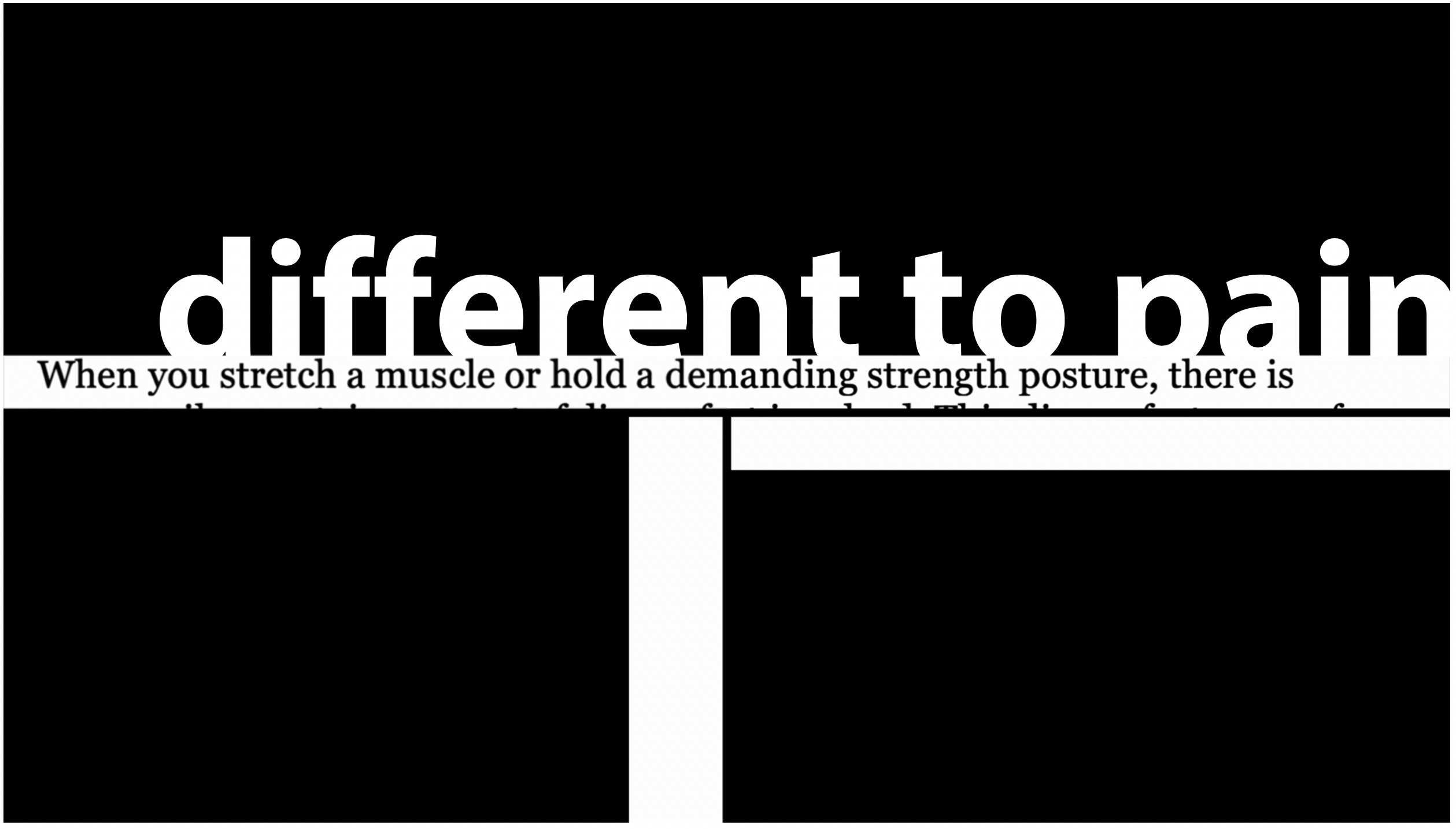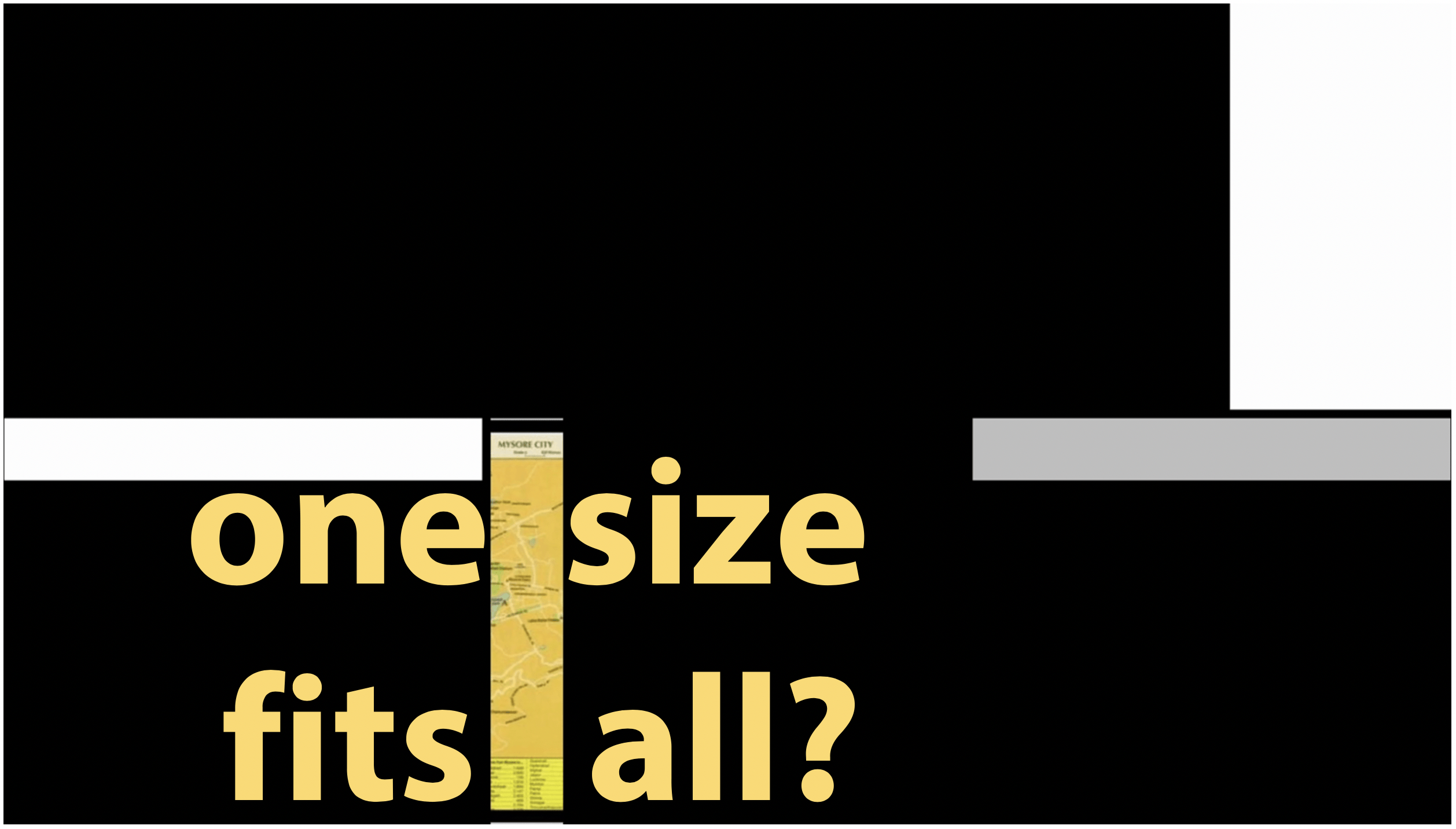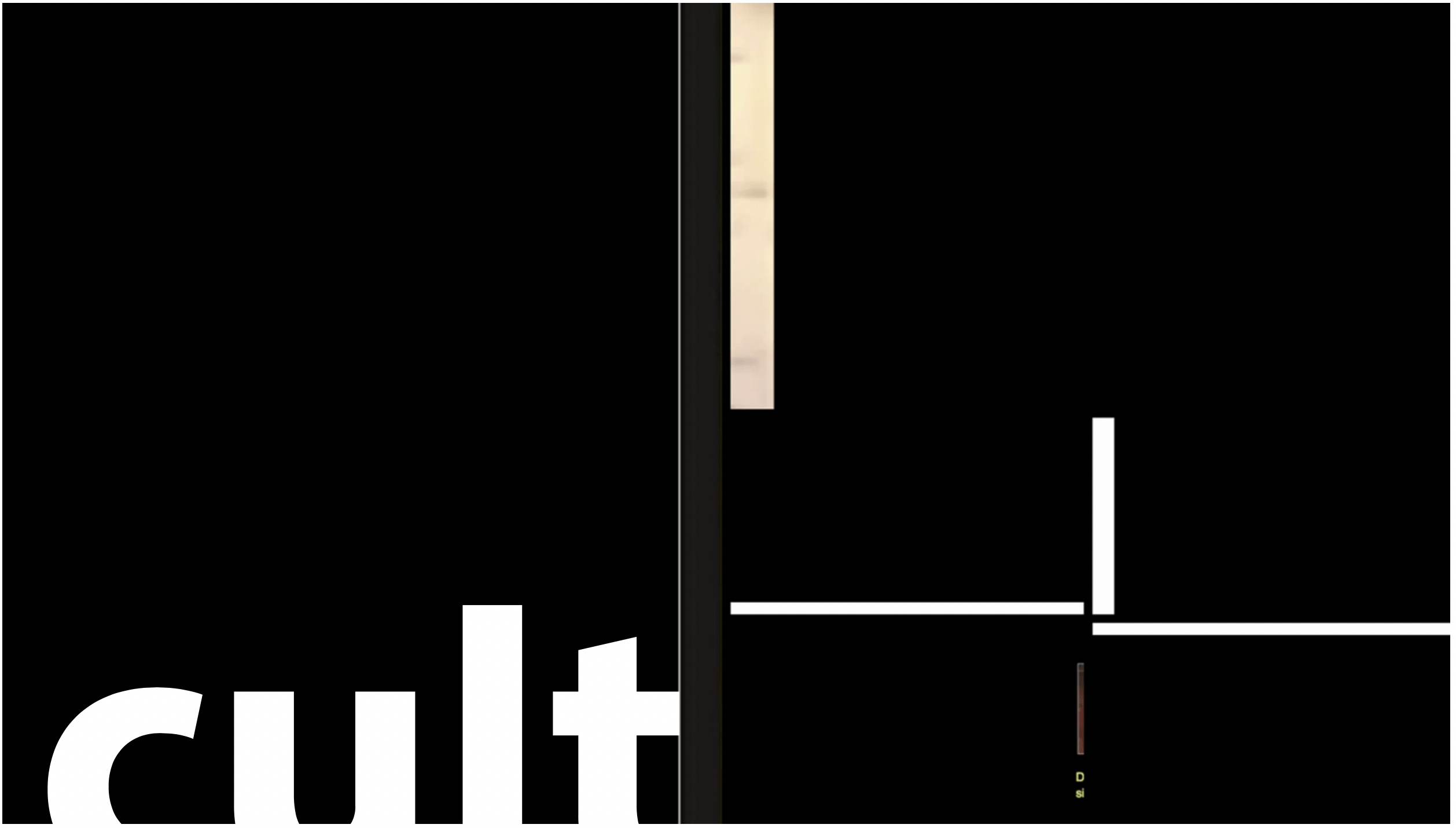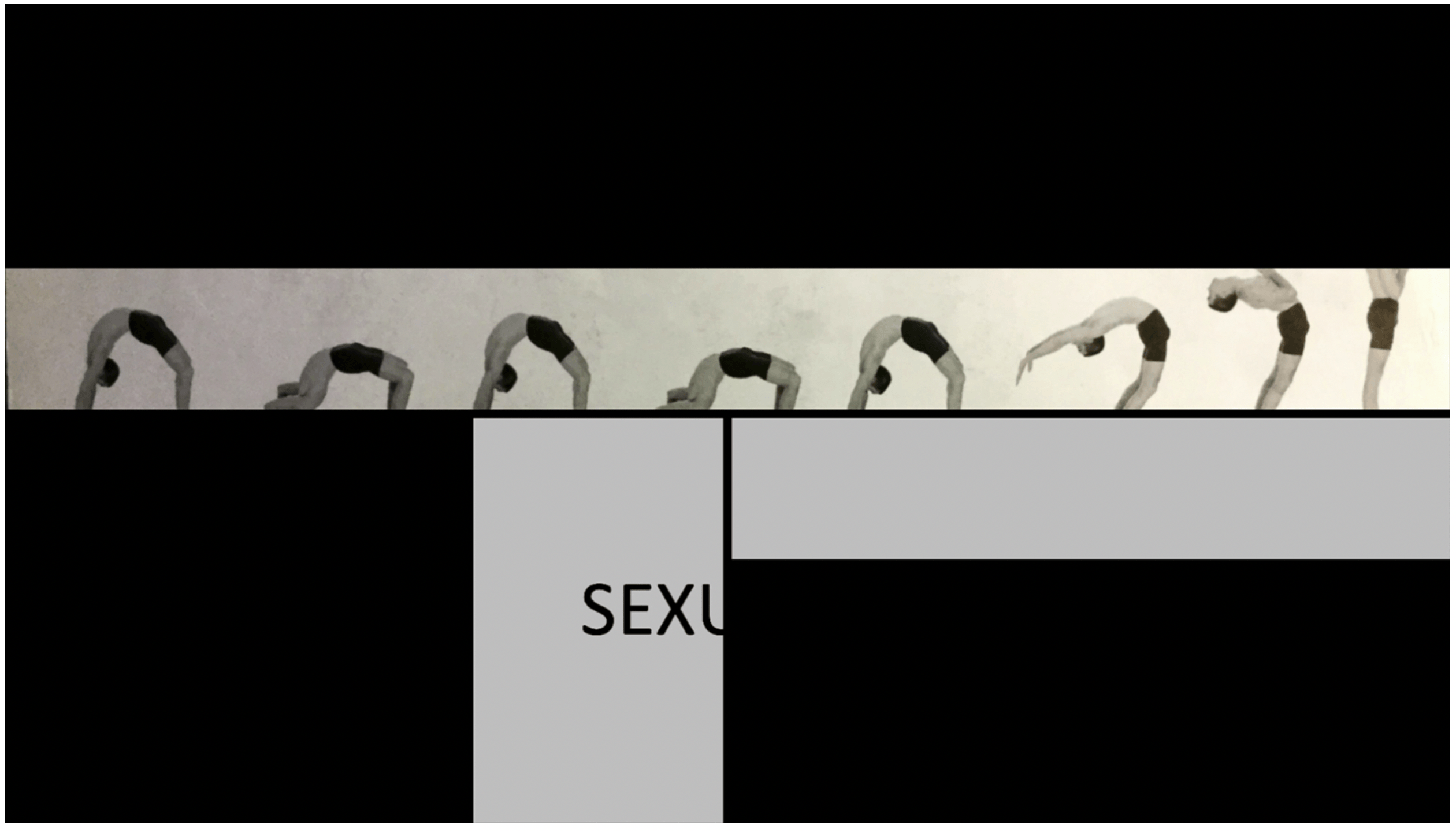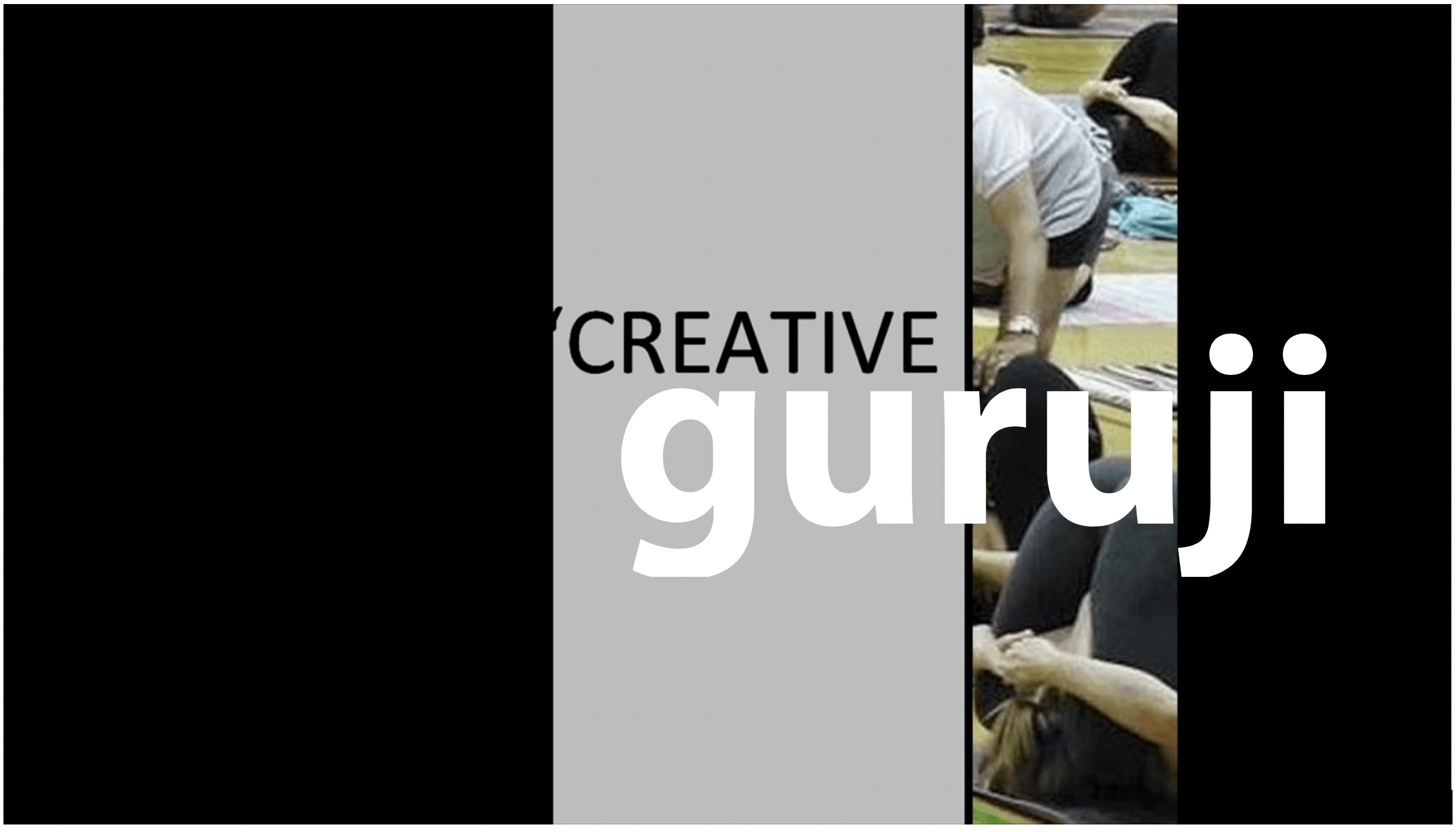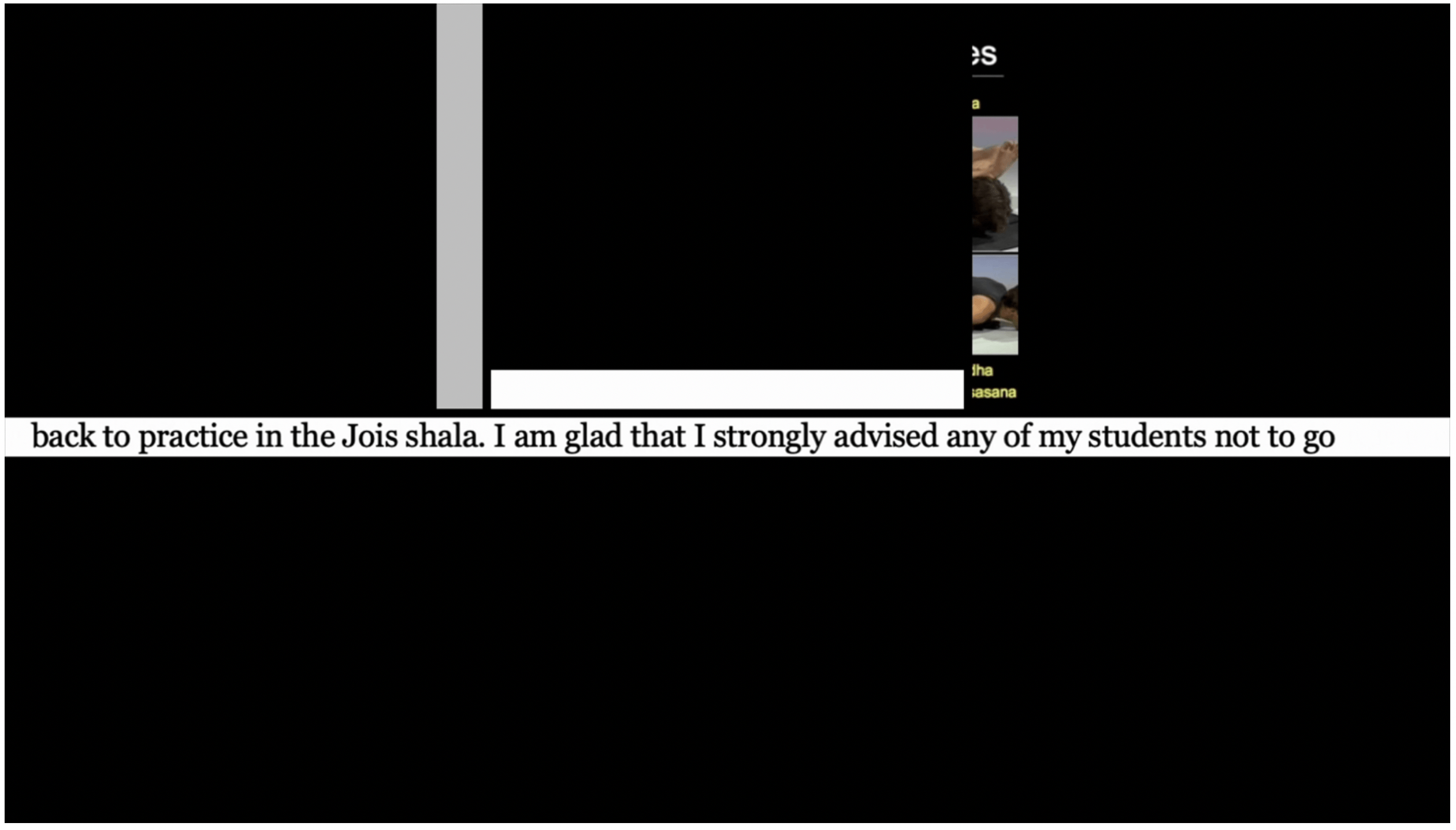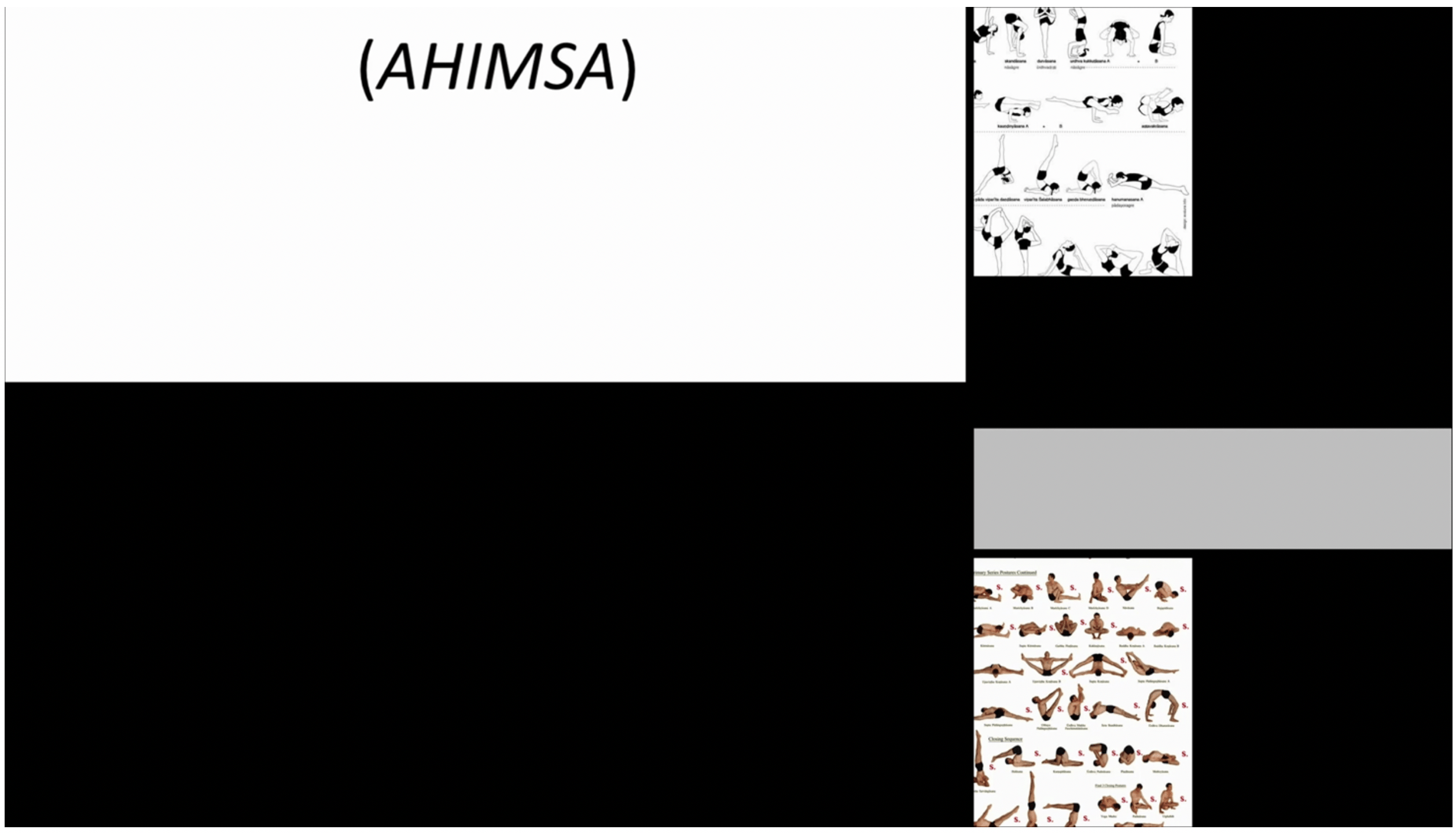Response 18 - Archive Fever
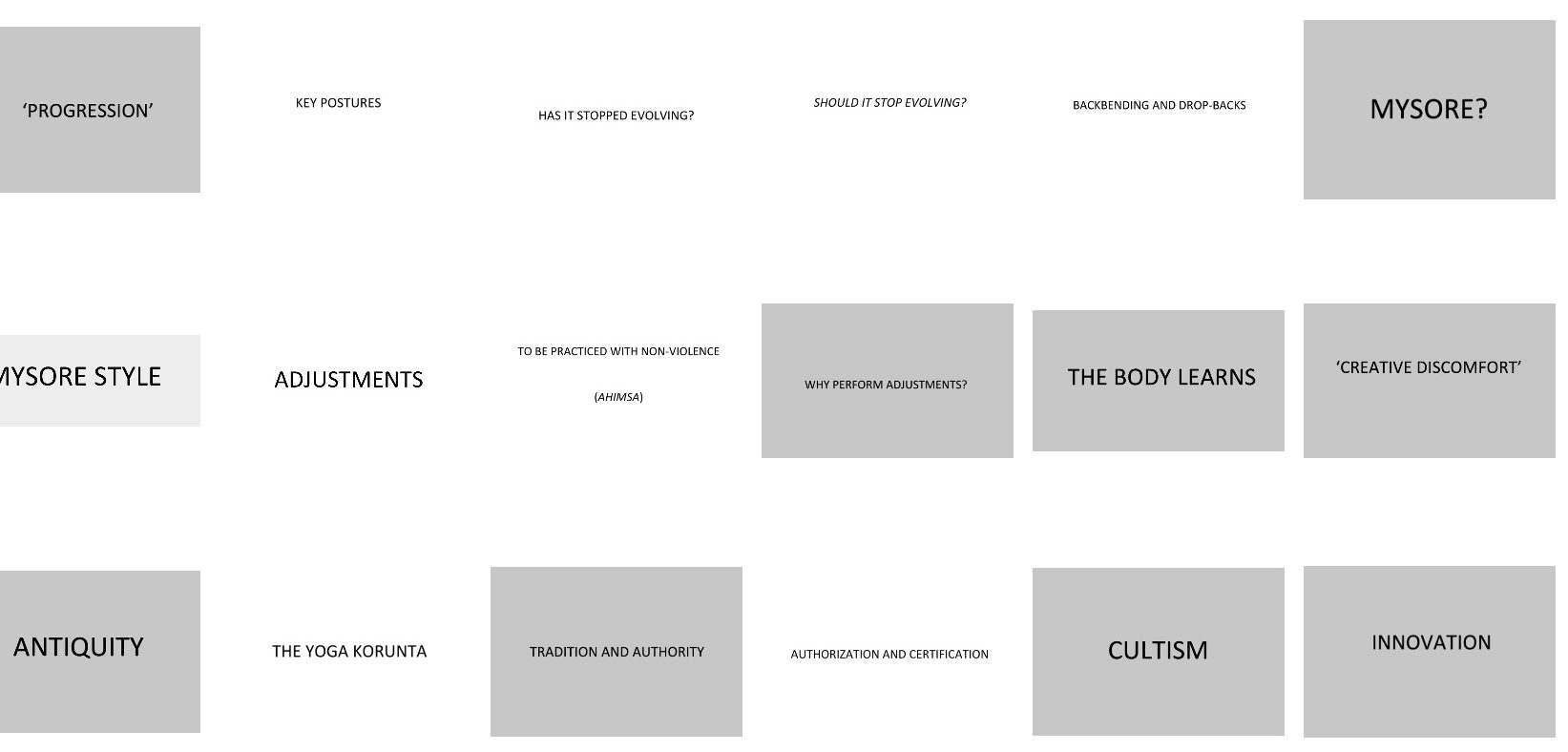
Part 1
(Sunday afternoon/evening)
Dear Marie,
It's been a busy week, with two presentations to deliver, a big deadline and several meetings. As a result, this response is less developed than usual - though maybe that's not a bad or, at least, not an inappropriate thing. The task required that I expose the 'in-between'. In effect, this has been inevitable: it could only be a work in progress.
You asked me to rework the materials from the mind map I made in Response 16 (above), as follows.
"You can only use images and text that is already in the mind map"
These were of the following sort:
Text:
- Category and indicative titles
- Image labels
- Quotations
- Text in images
Images
- Powerpoint slides and photo collages (including one map) that I made
- Diagrammatic charts (drawings and photos) showing series of yoga postures
- A diagram, a book cover, and two other photos (the latter show a famous yoga teacher with students)
"You may not make a film!"
Hmm. What's not a film? Is the recording of a slideshow a film?
Part of the reason I've ending up making so many films for this project is that films lend themselves to the scale of a webpage. Ideally, in response to this one, I'd have liked to have made a scroll - something like the Bayeux Tapestry, a work that has to be interacted with over time like a film, at least in the sense that it is not designed to be grasped as a whole in one view. I know nothing about the Bayeux Tapestry, but I love how (in the images of it that I have seen) the text and the slim strips at the top and bottom seem to offer annotation or commentary on the main 'action' illustrated in the main central strip. With enough time, a printer, and the right tech, I would have used this format to remake the mind map while clarifying or contradicting the main 'through line' in marginal material and text, thereby 'exposing the "in-between"', as instructed in the task.
"Find a way to expose the ‘in-between’"
But what did you mean by this? Do you mean my process? (Isn't that what these commentaries do?)
I decided it would mean 'hesitancy'. A theme in this project is the attempt not to present final outcomes as inevitable, or final thoughts as the definitive ones. Discussing some of the controversial topics in the Aarhus talk on Ashtanga Yoga that the mind map outlines, I did not want to present myself as an expert, some authority remote from the material who presumed to pronounce with finality; instead, I wanted to speak as a long-term practitioner articulating with ambivalent love the form, the benefits and some of the controversies of the practice as I perceive or have experienced them. I have tried to build this hesitancy into the form of my response, here.
"In your work with the material you have to re-use an aspect of your strategy for responding to Task 10 – Folding Back the Years"
My approach in Response 10 was to remake a work of art that I had made some years ago, not by imitating its outward form, but by following the generative procedures underlying its final appearance, adapted though to another medium (a short abstract film). How could I do the same in this case, when the object to be remade was not a work of art, but a vehicle of information, a plan for an explanatory presentation? How can I generate another object in a different medium according to a version of the processes that generate the mind map, and with another goal in mind (ie not a straightforwardly explanatory or informational object)?
A mind map organises its material into categories; in this case, these were the topics I meant to present at the talk. But 'categories' could be made to refer to the types of material (rather than the topics they articulate), the images and text, in the mind map. Perhaps I could group the texts together and the images together in some way, and proceed from there. Thinking this, I was reminded of that remark by Chris Keathley and Jason Mittell I have already mentioned in Task 3, that ‘formal parameters lead to content discoveries’. Such 'discoveries' might emerge from unexpected juxtaposition; for example, if a quotation was paired with an apparently unrelated image to reveal something unforeseen about both (this is akin to a Surrealist tactic, of course, something Keathley points out elsewhere). Approaching my material in this way meant treating it as an archive of images and text that could be recombined according to a different logic from the explanatory/illustrative one that organised the original mind map (hence the response title, which comes from a book by Jacques Derrida). I note that, given the painful content of some of the themes of the mind map/talk, this was also an uncomfortable process, and made me feel irresponsible. (There is a particularly awkward moment in the response, below, where the phrase 'creative discomfort', a useful concept from Gregor Maehle, is juxtaposed with a rotten image of Pattabhi Jois groping two female students during a led practice.)
But what form should the recombination take? After all, one of the strengths of a mind map (at least when laid out in 360 degrees and not just according to a unidirectional hierarchy) is that it already encourages unexpected connections to be made (cross topic arrows can always be added). But I didn't just want to make another mind map. One solution might be the approach you suggested for Task 4, where you instructed me to print out twenty photos, to lay them out on the floor, and to experiment with different ordering and combinations. (This is not unlike using post-its to plan an article.) In my response to Task 4, I collaborated with Lisa and with my MacBook to perform the task. I got my MacBook to generate and export a slideshow of the images. I have done the same here.
I admit it - this created a film, inevitably. But I insist I have followed your instructions: I didn't make the film - my computer did. Okay, I did add dialogue, so I have intervened. And I did slow down the slideshow to fit the length of the existing dialogue.
You asked for a kind of remake. What I've done is a cover version (or a remix) of two existing objects: the mind map, and the film that was itself a rendition of the mind map. The dialogue is taken from the latter. I was tempted to edit the voiceover, to rearrange it randomly as I did with the images and the text, but recalling an exercise we did at the Middlebury workshop on Videographic criticism, I left the voiceover exactly as it was, to see what unplanned juxtapositions might emerge.
The final result is bland because not much of interest has emerged, and as an experiment it owes too much to previous responses to tasks. I'm embarrassed too that I haven't stuck to the letter of your instructions. Please blame lack of time for all these things. At least it picks up the important project theme of remaking, and continues the exploration of image-text relations that has been a concern throughout.
Part 2
(Monday morning)
Dear Marie,
No, I didn't finish there. As I say above, I was embarrassed that I didn't follow your instruction not to make a film. The point about this project, for me, is to find solutions that respect the parameters and instructions laid down. But I guess it's okay to use a film as part of the process, right? To put the emphasis on the 'in-between'?
I also wanted to get further away from the content of the original, to make something more abstract of the materials (the archive) I was working with. My way forward was suggested by the last frame I used in the film above: a still that captures a moment where the images were just appearing or disappearing in the slideshow. So, I got VLC automatically to export still frames from the video (as per the setting in the image above), and I chose eleven 'in-between' frames from the dozens generated. I then combined some of these with cryptic fragments of the voiceover from the original film. The treatment of the text is distantly derived from the work of Barbara Kruger.
Ideally, I would have presented the resulting images, once again, as a slideshow, but that would have meant making a film! So here they are instead, laid out in notional sequence. I hope to have belatedly managed to perform my task!

